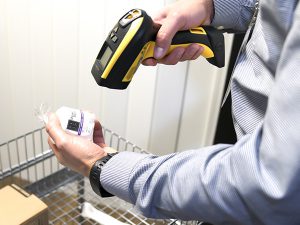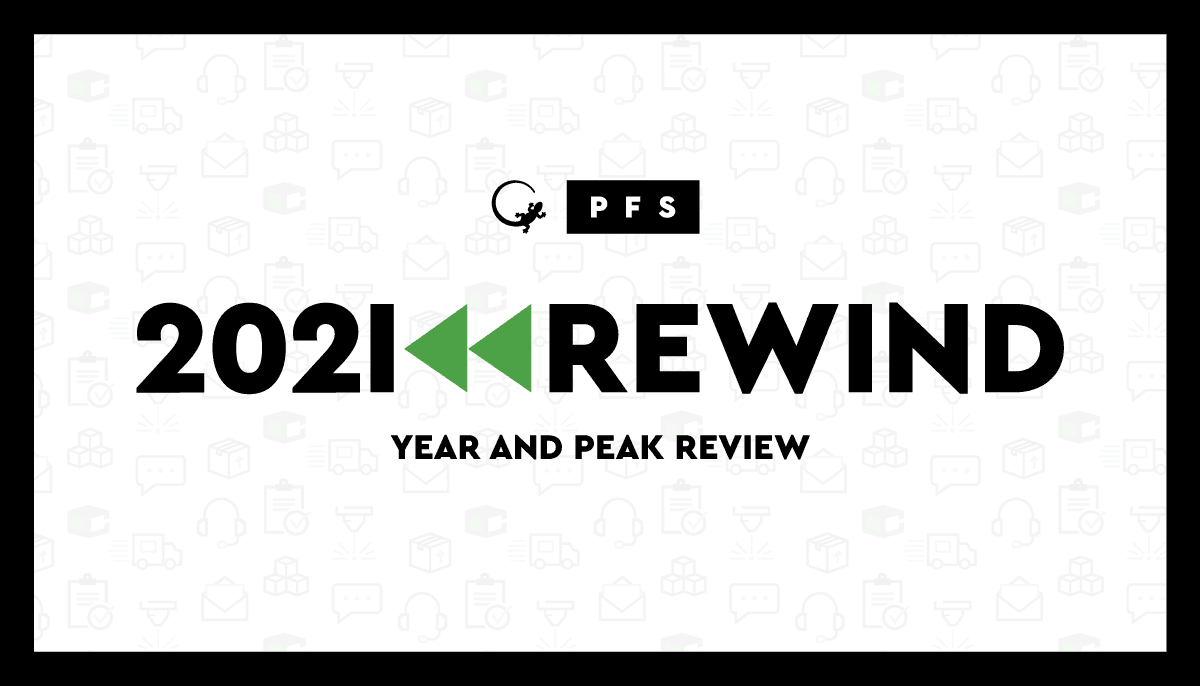
How Brands Can Prepare for the Biggest Digital Season to Date
2020 has been a year marked by a series of uncertainties. Many companies have seemingly been flying blind the past several months, attempting to weather the fallout from our COVID-19 new normal and pivot their operations in response to our anticipated next normal. Many business leaders are understandably somewhat disoriented by the rapid changes we have all experienced this year.
For retailers and brands, this situation is systematically changing how their industry operates. Consumer behaviors have been uprooted and eCommerce has supplanted brick-and-mortar as the primary sales channel. Some brands have tried to get ahead of these changes and take advantage of the rise of online retail sales, while laggards are currently seeing the windfalls of their actions, or lack thereof.
As we enter what many expect to be the largest digital holiday season yet, brands must be on the right side of change to capitalize on the busy shopping season. This holiday season will likely set the stage for the future of retail, so brands should heed these predictions to ensure they are prepared.
Alternative Fulfillment Can Prepare Retail Brands for the Holiday Season
 The upcoming financial quarter presents a golden opportunity for retail brands online. Experts predict eCommerce can grow as much as 35 percent with online sales expected to exceed $180 billion this holiday season (1). To ensure they stake out a slice of this large pie, brands should leverage alternative fulfillment solutions. This calls for thinking outside of the box to utilize assets in new ways to ensure timely fulfillment.
The upcoming financial quarter presents a golden opportunity for retail brands online. Experts predict eCommerce can grow as much as 35 percent with online sales expected to exceed $180 billion this holiday season (1). To ensure they stake out a slice of this large pie, brands should leverage alternative fulfillment solutions. This calls for thinking outside of the box to utilize assets in new ways to ensure timely fulfillment.
Micro or pop-up fulfillment is a creative strategy for brands to alleviate strain on their primary distribution center, by dispersing products across smaller facilities in key geographies. This helps to shrink the supply chain and get products closer to shoppers. Omnichannel brands can look to convert closed or low-traffic brick-and-mortar locations into dark stores.
This strategy can reduce friction from the supply chain and remove delivery uncertainties from the equation. With products closer to end-consumers, brands can leverage alternative last-mile delivery options such as ride-sharing platforms for customer drop-off or BOPIS/click-and-collect. Cost avoidance for the transportation of goods will be vital this holiday season as many carriers expect delays and premium delivery fees due to increased volume.
Plan for an Elongated Holiday Season
The typical holiday shopping season is a three to four-week window from Thanksgiving to Christmas. To help flatten the curve, many big-box retailers have already started adjusting this time frame. Retail giants Walmart and Target have announced Thanksgiving Day store closings, while Amazon has moved Prime Day to mid-October (2).
 Retail leaders are looking to extend the upcoming holiday to a longer six to eight-week window and retrain consumers for sustainable shopping behaviors, away from the typical Black Friday hysteria. Instead, retailers would offer the same holiday deals online, starting in October. Consumers would be able to take advantage of an extended period of promotions without the need for in-store shopping. At the same time, brands can extend the length of peak-shopping without additional stress on supply chains. This shift is vital as experts anticipate a 6.6% decrease in offline sales in 2020 (3).
Retail leaders are looking to extend the upcoming holiday to a longer six to eight-week window and retrain consumers for sustainable shopping behaviors, away from the typical Black Friday hysteria. Instead, retailers would offer the same holiday deals online, starting in October. Consumers would be able to take advantage of an extended period of promotions without the need for in-store shopping. At the same time, brands can extend the length of peak-shopping without additional stress on supply chains. This shift is vital as experts anticipate a 6.6% decrease in offline sales in 2020 (3).
Elongating the holiday season is especially crucial for digitally native brands. They cannot rely on any physical channels compared to omnichannel brands who will have the option to offer BOPIS or curbside pick-up for procrastinating shoppers. With expected carrier delays and earlier than typical ground-cut offs, digital retail brands must extend the holiday sales season to ensure they are able to capitalize on increased volume.
Learn from Big-Box Retail
Brands must also learn from the recent moves big-box retailers made to adjust their operations accordingly. Most of these lessons are inherently tied to the consumer experience and ensuring your technology stack is prepared for necessary operational changes.
This holiday season and beyond, digital will drive sales. Investment must be made to guarantee seamless consumer experiences across channels. Some examples of this include aggregating marketplace products to drive branded retail and broaden your catalog assortment. Big retail has revolutionized this concept, while this holiday season we will see many brands mirror this approach to curate products that align with their brand.
As well, retailers must unlock inventory transparency given expectations of up to 3X volume and potential product shortages. Low stock indicators and identifying nearby brick-and-mortar locations for curbside pick-up will help brands increase sales by creating urgency and incentive for consumers to checkout. This is something leading retailers do well that small to midsize brands must take into account
Without an upgraded technology stack and robust partner network, many of these lessons and operational changes are not possible; especially given the quick window before we enter peak season. Brands must optimize the entire shopping experience – from checkout to last-mile delivery – to make sure their shoppers are happy and that they hit revenue targets for the anticipated record quarter ahead. The opportunity is there for the taking this holiday season, it is up to the brands to take the necessary actions to be prepared to capitalize on it. For brands and retailers destined to ride out the upcoming holiday peak with outdated technology and creaky business processes, 2021 will be an absolutely necessary year of investment to remain competitive and viable.
- https://www.marketwatch.com/story/holiday-retail-sales-to-rise-1-to-15-this-year-with-e-commerce-growing-as-much-as-35-deloitte-2020-09-15
- https://www.usatoday.com/story/money/2020/07/28/thanksgiving-2020-store-closures-list-holiday-shopping-changes/5481009002/
- https://www.forrester.com/report/2020+Online+Retail+Forecast+North+America+COVID19+Update/-/E-RES162239


